What happens to our old cellphones and laptops, used batteries and discarded lights and other appliances? Sometimes we trade in the old for new. Many retailers take our old eWaste and often just channel it into the informal sector, whereby it finally ends up in landfills. From here, the poisonous chemicals like mercury, cadmium etc seep into the soil and ground water. Foreign countries illegally dump their waste in developing nations. (Source) Organisations like eParisaraa, work in the eWaste recycling sector.
- “E-Parisaraa Pvt. Ltd, India’s first Government authorized electronic waste recycler started operations from September 2005,is engaged in handling, recycling and reusing of Waste Electrical and Electronic Equipment(WEEE) in eco-friendly way.
- The objective of E-Parisaraa is to create an opportunity to transfer waste into socially and industrially beneficial raw materials like valuable metals, plastics and glass using simple, cost efficient, home grown, environmental friendly technologies suitable to Indian Conditions.
- E-Parisaraa is India’s first Electronic Waste recycling company approved by both Central Pollution Control Board and Karnataka State Pollution Control Board, located in Dobaspet Industrial Area near Bangalore, in the area already earmarked for hazardous waste management by Government of Karnataka.”
They would actually like the large organisations to fall in line and use their services but you can call the toll-free helpline and see if they will pick up individual e-Waste also. The same seems to be true of Eco Raksha. “Presently, around 2.7 million tonnes of e-waste is generated every year and reports suggest that almost 90 per cent of this waste is being recycled in the informal sector in and around large cities. (Source)
To manage such toxics, “e-waste (management and handling) rules-2011” is currently operational. It puts the onus of e-waste disposal onto the producers of such goods and instructs the State Pollution Control Board to monitor the implementation.” According to this it is the responsibility of the manufacturer to ensure the “collection of e-waste generated from the ‘end of life’ of their products in line with the principle of ‘Extended Producer Responsibility’ (EPR), and to ensure that such e-wastes are channelized to registered dismantler or recycler”. It is not enough just to handle the eWaste created in the manufacturing process.
From what I could gather from an internet study, the manufacturers are compliant in U.S.A. but not in India.
The featured image is from this source. The article is a must read: http://www.thehindu.com/news/cities/Delhi/ewaste-recycling-turns-water-soil-toxic/article6260146.ece?utm_source=RSS_Feed&utm_medium=RSS&utm_campaign=RSS_Syndication

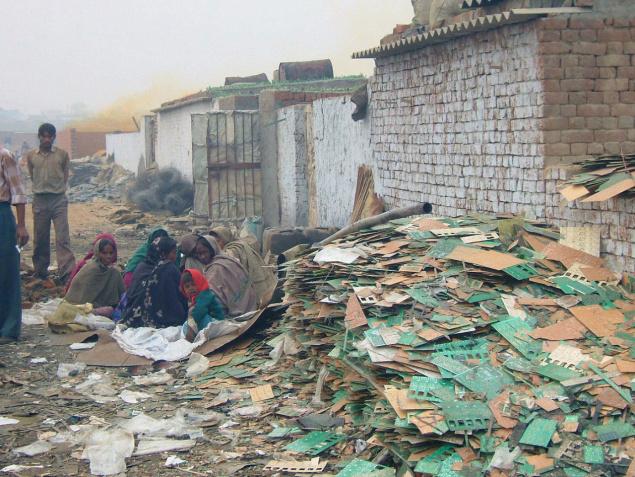
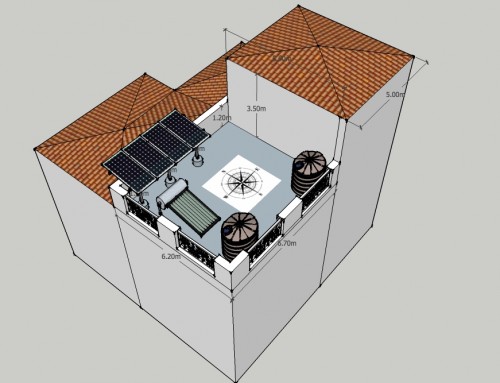
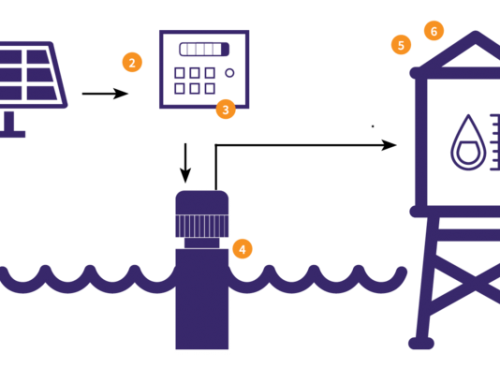

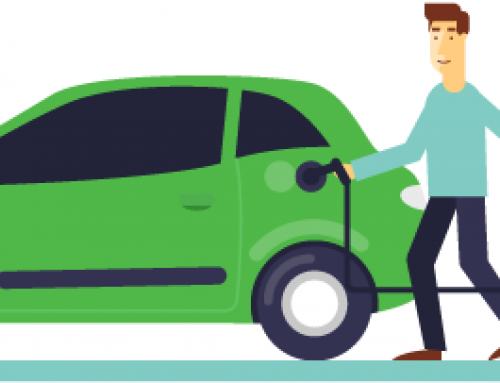
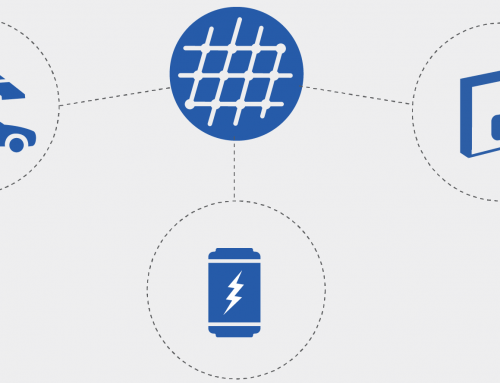
Great post! Thanks you so much for the share. It is indeed a helpful one. I am looking forward of reading more article with the similar topic as this one. Good luck and More Power.Data Processing
.